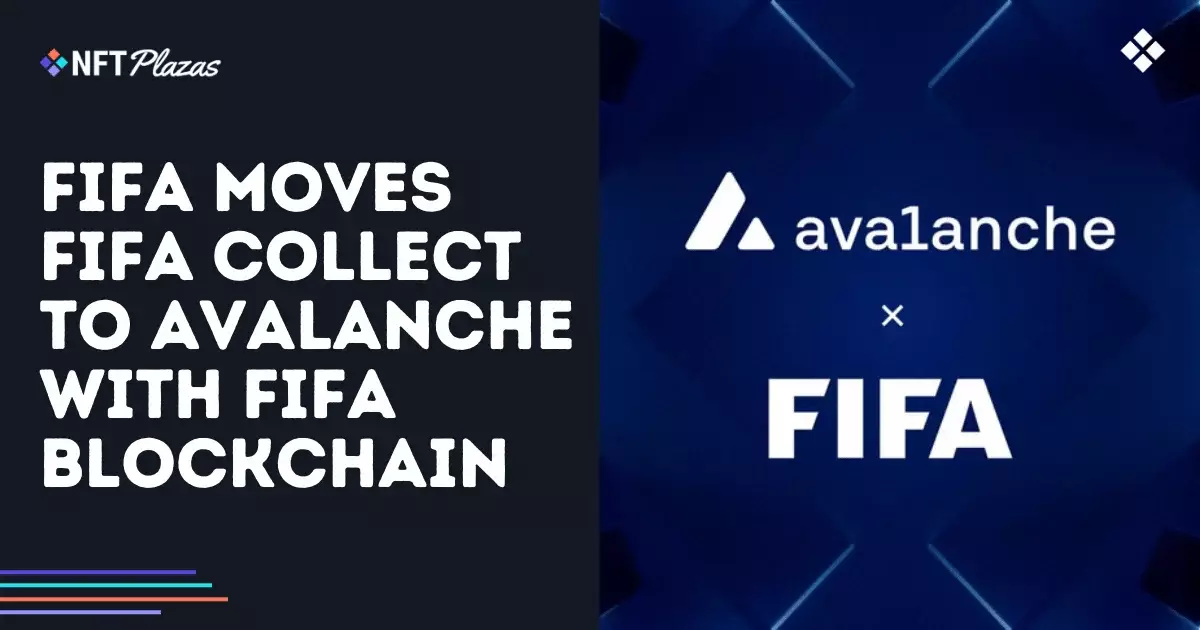FIFA’s transition to a custom Layer-1 blockchain, in collaboration with Avalanche, signifies a monumental leap for digital collectibles. Now more than ever, the realm of digital assets extends beyond mere novelty and approach the status of genuine financial instruments. Yet, the underlying implications of this shift warrant a closer examination. Evaluating this migration, it becomes evident that FIFA is not just creating an isolated digital ecosystem but instead is pioneering a dynamic that could redefine how we perceive value and ownership in the digital space.
Challenges of Migration for Users
While the prospects are exhilarating, the practical application comes with daunting hurdles, particularly for fans who need to transition from Algorand-based wallets to Ethereum-compatible ones. This leap seems to amplify the divide between the technologically savvy and the average user. The task of managing wallets—switching from applications like Pera and Defly to MetaMask—could alienate a significant segment of FIFA’s global fan base. Rather than an effortless enhancement, this shift raises questions about accessibility. The allure of blockchain technology is that it can democratize ownership; however, if users struggle to adapt to the new system, they may find themselves locked out of their collectibles.
Forging a More Efficient Future
At the crux of FIFA’s blockchain venture lies the promise of efficiency and lower transaction fees. Avalanche’s approach aims to bolster transaction speeds and accessibility during peak usage, particularly during international tournaments. FIFA touts this efficiency as crucial to enhancing the overall user experience. In a world where impatience reigns supreme, the ability to process transactions quickly is paramount. However, it’s essential to reconcile this promise with the potential pitfalls associated with such rapid developments; the balance between speed and security must not be underestimated.
Strategic Technical Partnerships
By opting for Avalanche, FIFA strategically aligns itself with a cutting-edge platform that offers the framework for scalability and future expansion. The decision, as stated by Francesco Abbate, was guided by careful analysis—factors such as performance, security, and customizability weighed heavily in this collaboration. Nevertheless, one questions whether FIFA is overlooking the vast pool of talented developers who may need time to adapt their skills to this new blockchain. A cloud of ambiguity looms over how this will affect the diversity and availability of third-party applications that can enhance the collectible ecosystem.
Implications Beyond Collectibles
Beyond just digital collectibles, the infrastructure opens doors for FIFA to explore more extensive applications, changing the face of fan engagement and interaction in sports. The true genius of this initiative lies not only in its immediate benefits but also in its potential to expand into new territories—like ticketing solutions or fan experiences. Therefore, this project could serve as a blueprint for other major sports organizations, urging them to rethink their digital strategies. However, as forward-thinking as this endeavor is, one cannot disregard the larger conversation about blockchain technology’s impact on inclusivity and the risk of catering only to affluent tech enthusiasts.
In this era of digitized authenticity, FIFA’s decision to venture deeper into blockchain signals a commitment to innovation. Yet, as we keep an eye on FIFA’s next moves, we must remain vigilant about ensuring that technology serves its primary purpose—serving the fans.
















Leave a Reply